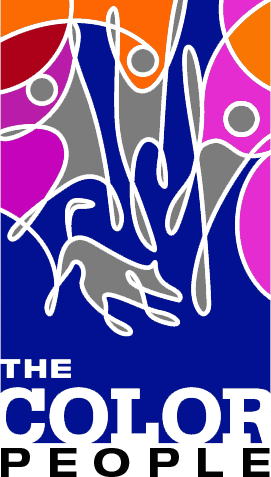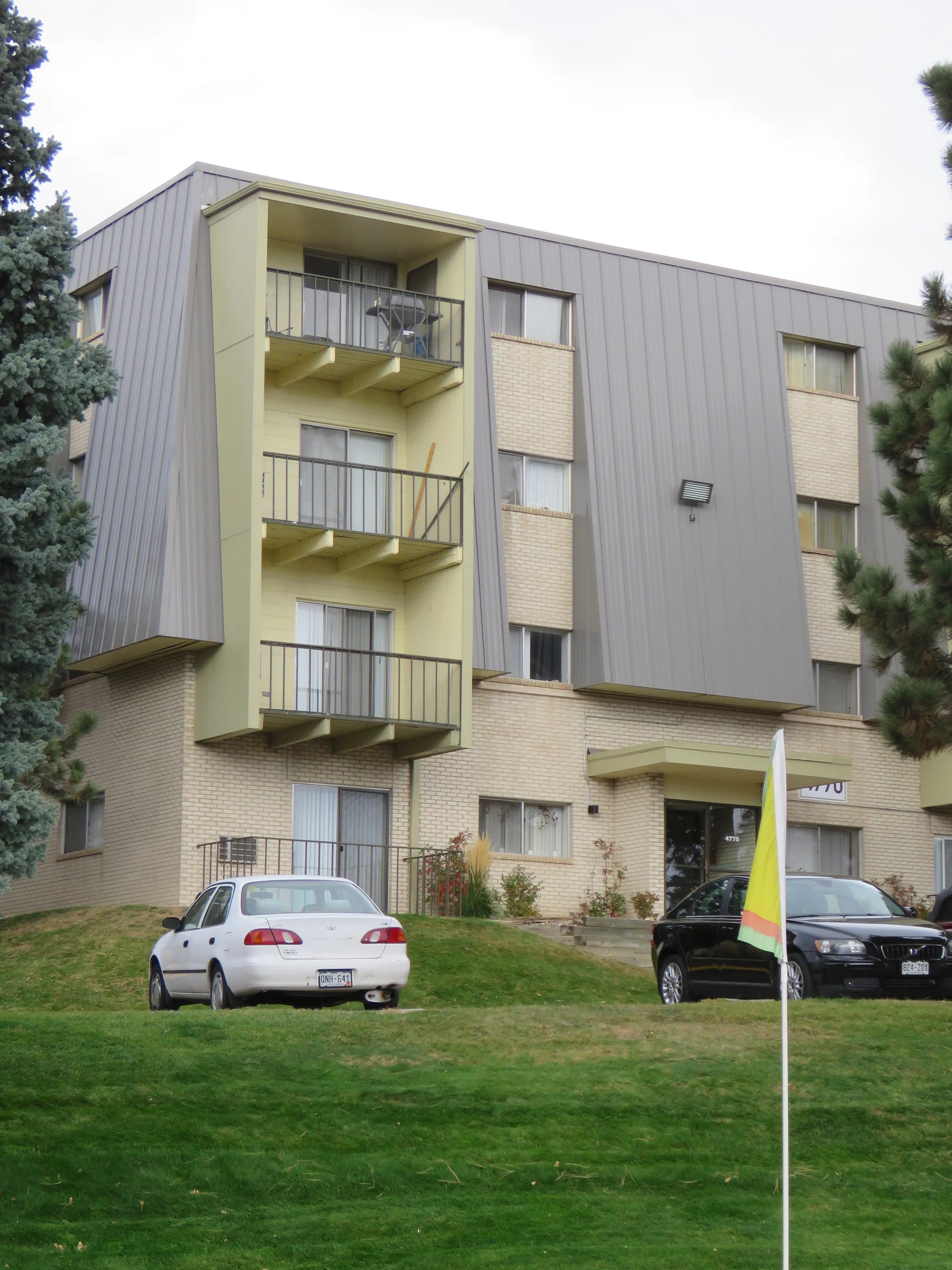Most of our clients—both residential and commercial—tell us that their biggest challenge is visualizing a new color scheme working on their building. A tool we sometimes use toward easing this struggle is rendering. We would render all day long if we could but ultimately it can truly be more deceptive than helpful for some.
Our work requires us to imagine a home, a building or an whole community and all of its parts and pieces in a different light. We envision a project with an entirely new look and appeal. We consider the architecture, the market, trends and of course, the customer. Most of the time our creative process includes some form of rendering—whether we are looking at actual colors or simply planning in black and white where a contrast or variation in colors should occur. Some renderings could be loosely sketched while other buildings are better shaped and illustrated using computer programs.
We are certainly aware that many of us are visual learners and can relate better to an image when processing a new idea. Some people never even look at a picture or plan and rely solely on verbal descriptions. We employ many practices in communicating with our clients. There are times when it makes total sense to present a detailed rendering of a building. And there are other times when providing a plan for the new scheme and a folder of paint swatches is appropriate. But in each case there is a most crucial piece to the equation—in achieving the best results in visualization or understanding—and that is SAMPLING. We can not stress enough how important it is to sample the actual colors on the actual building. The factors that shape your perception of a color scheme are great—from light and time of day to the scale of which those colors exist. Therefore seeing colors on a computer drawing could create a very different experience for someone versus seeing it live and in person on a structure right in front of them. We always encourage and specify the LIVE version and go into great detail about how to do this in the most effective way possible.
Like I said, we would love to sketch and paint and render all day long but we want our homeowners, business owners and apartment community managers to get the most out of what we have designed for them—and to be able to successfully visualize what kind of impact it will make on their building. In the example we provide below there was a computer rendering done with great attempts at getting as close as possible to what the new color scheme would look like on the building. It is always an approximation of course and even with the best technology there are challenges in representing the existing and updated materials and finishes. I think the rendering does a fair job but looking at the actual paint job you can tell that the computer version lacked some of the subtleties and nuances of the design. Renderings are meant to assist and complement the presentations of our designs but in the end we trust that our ideas and work will be seen in the best and truest light (the light of day!).




